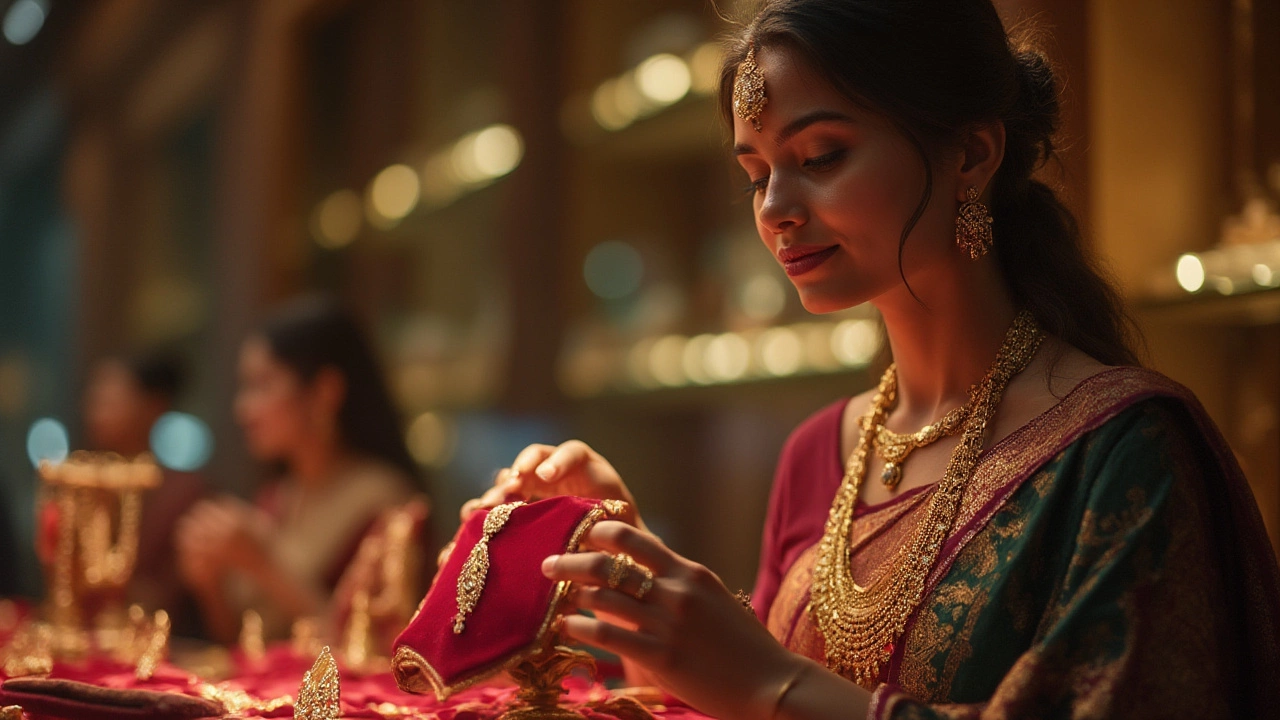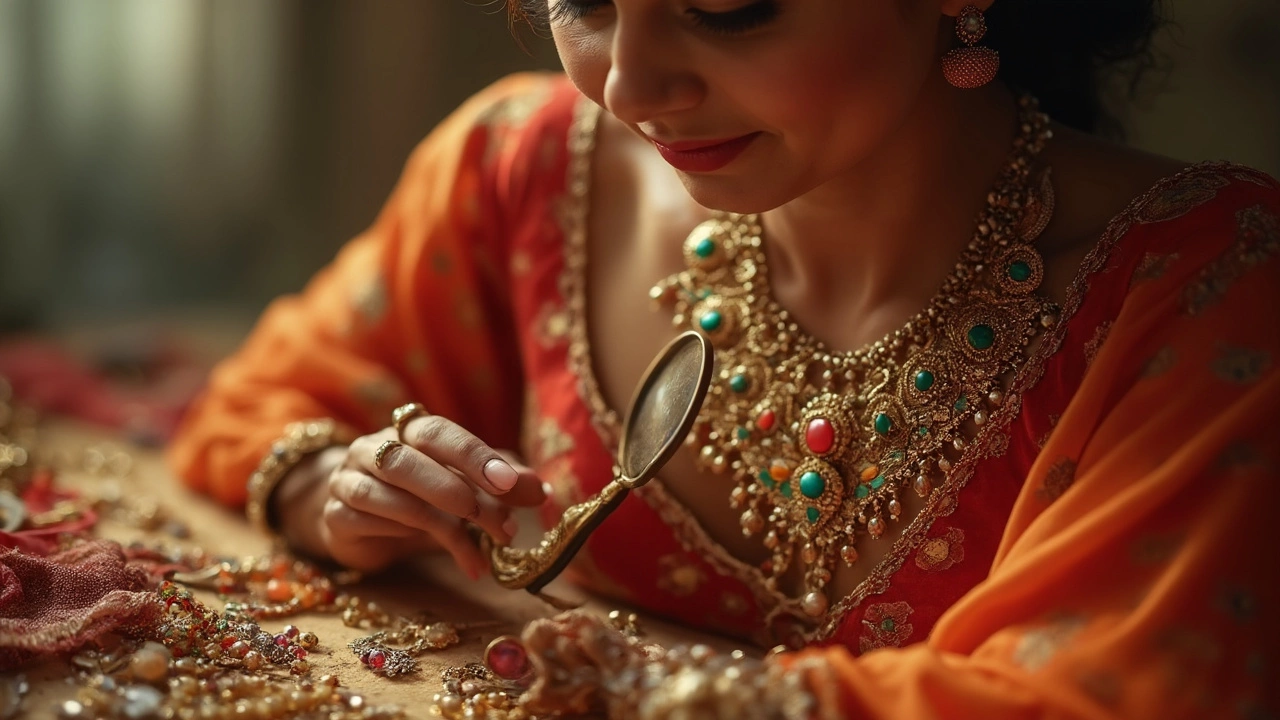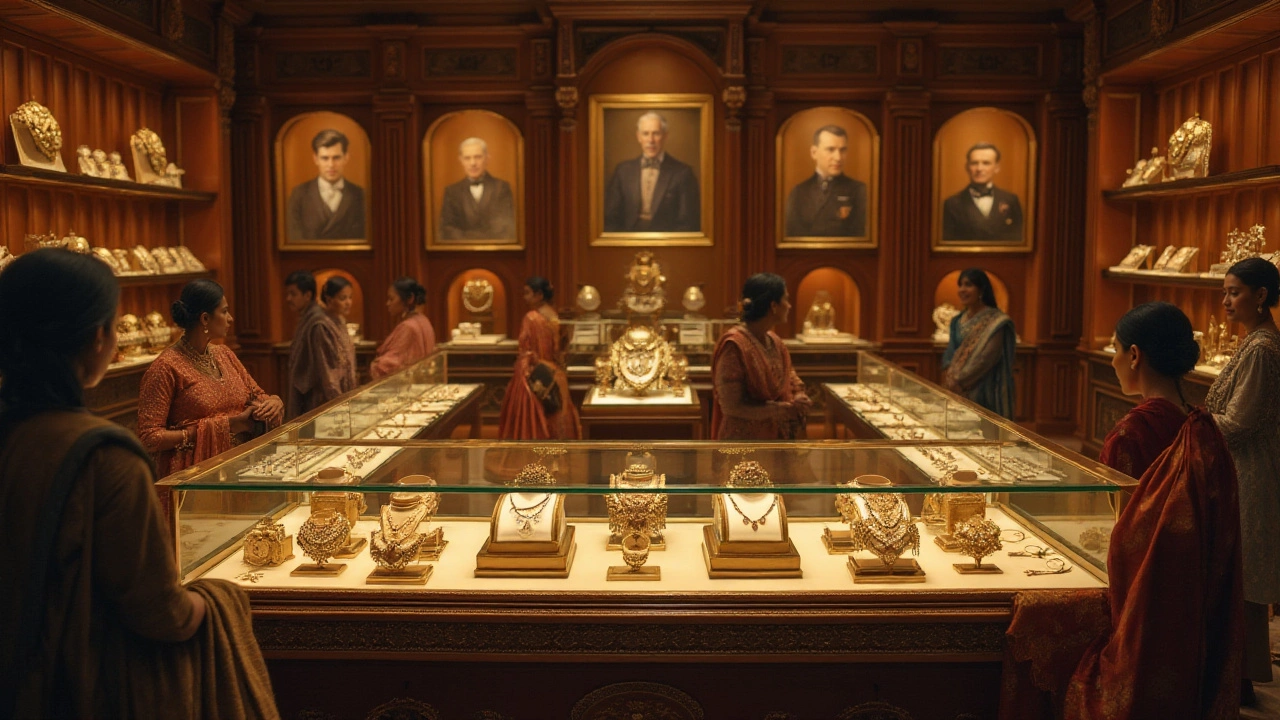
Learn which jewelry types keep their value, why gold and diamonds are smart bets, and how to spot lasting investments with actionable advice for buyers.
When talking about Jewelry Investment, the practice of buying and holding precious ornaments to build wealth over time. Also known as precious metal investment, it blends fashion with finance. A key player in this arena is Gold, the most traded precious metal worldwide, whose price swings often drive investor decisions. Diamonds, the hardest natural gemstone, add a different risk‑return profile. Finally, One Gram Gold Jewellery, affordable, hallmarked pieces that let small savers enter the market offers a practical entry point.
Understanding purity is the first step. Jewelry investment encompasses choices like 24K pure gold, 22K with a touch of alloy, and the 750 stamp that signals 18K gold. 24K offers the highest resale value but is softer, while 22K remains popular for traditional Indian pieces and tends to hold value better during market dips. The 750 hallmark tells you the piece contains 75% gold, a sweet spot for collectors who want durability without sacrificing worth. Choosing the right purity directly influences how quickly you can liquidate your assets.
Diamonds follow a different rule set. Their price hinges on the 4Cs—cut, colour, clarity, carat—and on where they are sourced. A diamond bought in Surat, India’s diamond hub, often comes with lower cutting fees compared to the United States, which can translate into a better bargain for investors. However, certification from reputable labs remains non‑negotiable; a GIA‑graded stone outperforms a locally graded one in resale markets. Hence, diamond investment requires a blend of market knowledge and certification awareness.
One‑gram gold jewellery bridges the gap between tiny savings and big returns. Because each piece is hallmarked and sold at the current market rate, investors can scale up gradually—buying a few grams today and adding more as funds allow. The low entry cost also means you can diversify across designs, from classic chains to contemporary pendants, without locking too much capital into a single style. This flexibility is why many first‑time investors start with one‑gram items before moving to larger bullion or bespoke ornaments.
Market trends act like a compass for any jewelry investor. Gold prices react to currency fluctuations, inflation data, and geopolitical tensions, while diamond prices are more sensitive to luxury demand and mining output. When the rupee weakens against the dollar, imported gold becomes pricier, nudging local investors toward domestic gold jewellery as a hedge. Conversely, a surge in global luxury travel often lifts diamond demand, briefly boosting prices. Tracking these macro‑factors helps you decide whether to buy, hold, or sell.
Practical steps keep your investment disciplined. Start by comparing price listings on trusted Indian apps and international platforms—some apps even let you lock in rates for future purchase. Record each purchase’s hallmark, weight, and purchase price in a spreadsheet; this simple log becomes your proof of ownership and aids in tax filing. Lastly, consider storage options: a safe deposit box protects high‑value pieces, while keeping a few everyday‑wear items at home gives you liquidity without extra fees.
Below you’ll find a curated collection of articles that dive deeper into each of these topics—from gold vs. silver price battles to detailed buying guides for one‑gram pieces—so you can make informed decisions and grow your wealth with confidence.

Learn which jewelry types keep their value, why gold and diamonds are smart bets, and how to spot lasting investments with actionable advice for buyers.

If you want jewelry that grows in value, knowing how to spot the right antique and vintage pieces is key. This article decodes the real-world factors that make some jewelry more likely to become hot collectibles. You'll get tips on materials, makers, hallmarks, and trends that matter. Plus, see how to avoid modern fakes and bad investments. Whether you're buying for profit or just want to pass down something special, you'll know what details to focus on.

In the world of antique jewelry, some brands stand out for their exceptional resale value. Whether you're an enthusiast or an investor, understanding which brands hold their value can be beneficial. Factors like rarity, craftsmanship, and a brand's history contribute to higher resale prices. This article explores the top jewelry brands that are known for maintaining and even increasing in value over time.